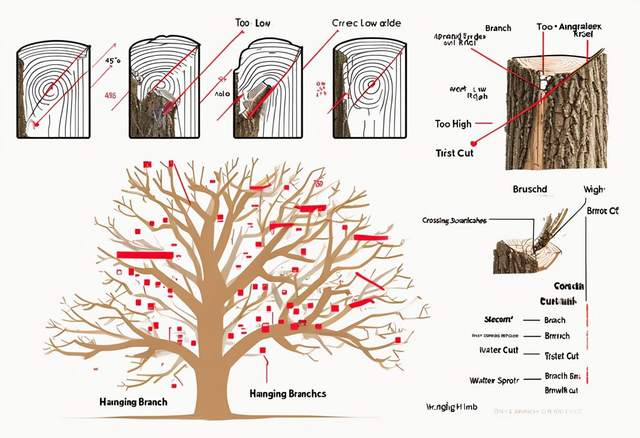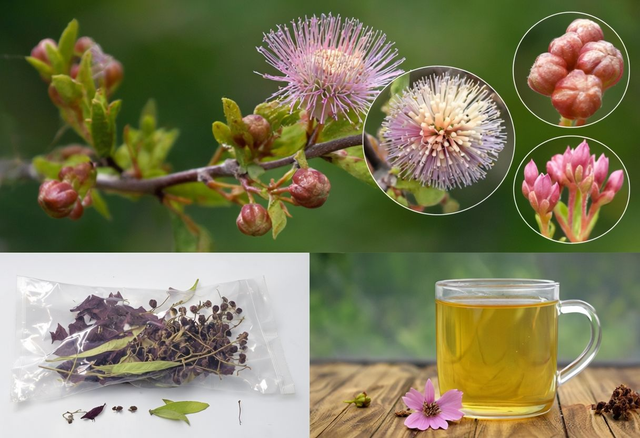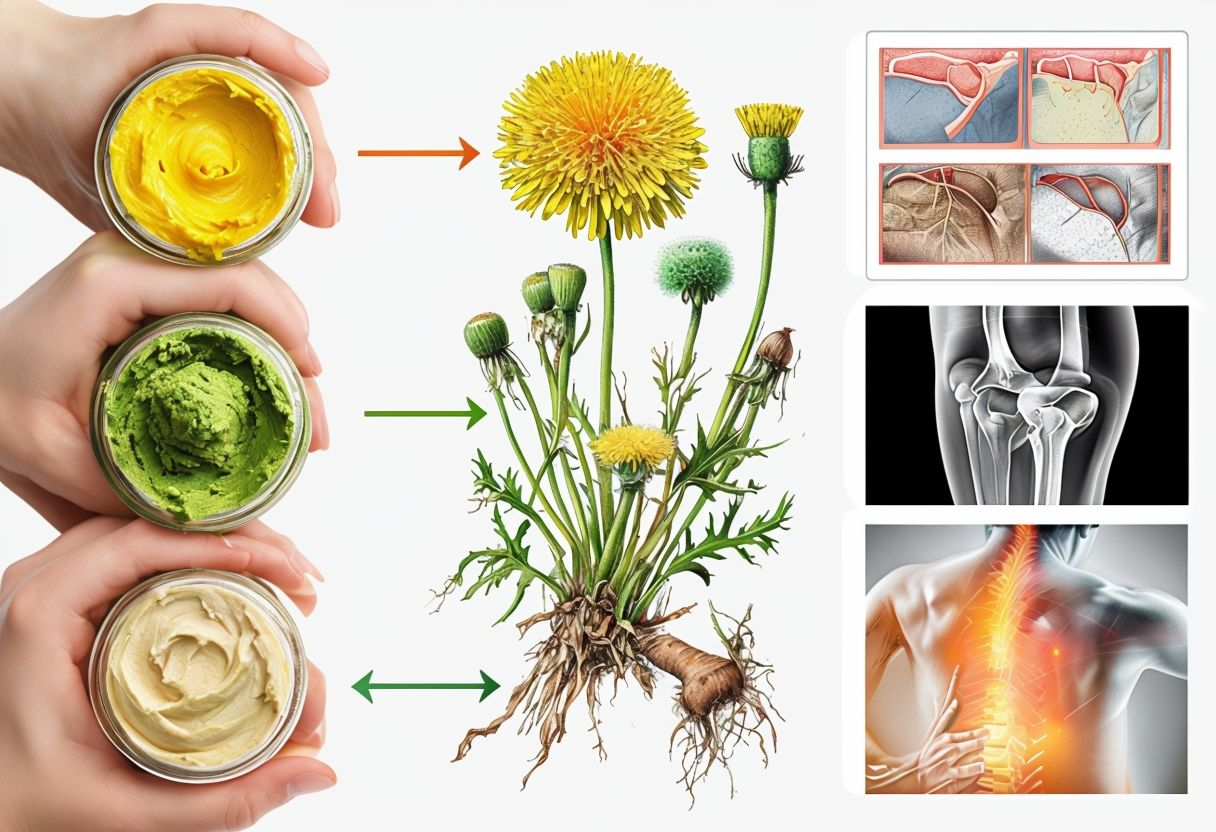
How and When to Prune Trees and Shrubs: A Practical Guide for Gardeners
Paula
- 0
- 32
Pruning isn’t just about cutting back branches—it’s a combination of science and technique aimed at keeping your plants healthy, balanced, and beautiful. Whether you’re dealing with ornamental shrubs, fruit trees, or evergreens, knowing when and how to prune makes all the difference.
🌿 Understanding Plant Growth Before You Cut
✳️ Apical Dominance
Most plants grow from a dominant terminal (apex) bud, which suppresses side shoots.
- Vertical branches = strong apical dominance → upward growth
- 45–60° angle branches = moderate dominance → balanced branching
- Horizontal branches = low/no dominance → more sprouting, often water sprouts
Understanding this helps guide your cuts to control shape and energy flow.
✂️ Basic Steps for Removing Large Branches
- Undercut First: Make a small cut on the underside of the branch to prevent bark tearing.
- Top Cut: Make the second cut a few inches beyond the first, from the top, to remove the bulk of the branch.
- Finish at the Collar: Make a final clean cut just outside the branch collar—this promotes proper healing.
🕒 When to Prune
- Deciduous Trees & Shrubs: Late winter to early spring, before new growth.
- Flowering Shrubs: Right after blooming to avoid cutting next year’s flower buds.
- Evergreens: Early spring for shaping or thinning.
- Fruit Trees: Late winter or early spring; prune to open the canopy for sunlight.
- Roses: Spring, cut to live wood just above an outward-facing bud.
🧰 Pruning Techniques and Tips
- Thinning: Remove entire branches at their origin. This maintains plant shape and structure.
- Remove Water Sprouts & Suckers: These fast-growing shoots sap energy and don’t produce quality fruit or flowers.
- Renewal Pruning: For older shrubs or trees, remove older wood to stimulate new growth and improve air/light flow.
- Crotch Angles: Remove branches with narrow (V-shaped) crotches—they’re weaker and prone to splitting.
🌱 After the Cut: Healing and Regrowth
- Healing starts in the cambium layer. Make smooth, close cuts without damaging the branch collar or bark ridge.
- Regrowth is often vigorous after pruning—especially when many branches are removed—because the plant tries to rebalance root-to-shoot ratio.
✅ Key Takeaways for Smart Pruning
- Always cut with purpose: promote health, control size, and improve shape.
- Timing matters—know your plant’s cycle before pruning.
- Avoid topping trees—it leads to weak regrowth and structural problems.
- Use sharp, clean tools to reduce the risk of disease.
Proper pruning helps plants live longer, resist disease, and perform better—whether that means more flowers, better fruit, or a cleaner garden look.


